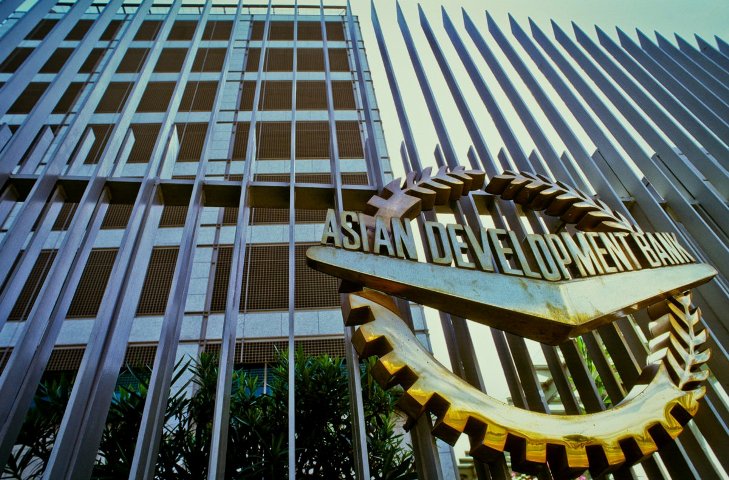ADB signs deal with EBRD, World Bank on arrangement for co-financed projects
ADB is negotiating with other multilateral agencies the opportunity to use similar arrangements under cofinanced projects.

- Country:
- Philippines
The Asian Development Bank (ADB) recently signed an agreement with the European Bank for Reconstruction and Development (EBRD) on alternative procurement arrangements (APA), allowing co-financed projects to follow a single procurement framework. ADB signed a similar agreement with the World Bank last year.
Under ADB’s procurement framework, the APA allows one bank to be the lead co-financier on a project, and the procurement of all, or a portion of, the contracts under the project to follow the lead cofinancier’s procurement policies and procedures.
“We entered into such an agreement with EBRD and the World Bank because they have a bigger number of co-financed projects with us than any other multilateral development banks,” said the Director-General of ADB’s Procurement, Portfolio, and Financial Management Department Ms. Risa Zhijia Teng.
The arrangement allows co-financed projects to be implemented more efficiently by applying a single framework to the whole project, thereby reducing the end-to-end procurement time and transaction costs for ADB’s clients.
ADB is negotiating with other multilateral agencies the opportunity to use similar arrangements under cofinanced projects. This will lessen the burden on executing and implementing agencies that have traditionally used multiple procurement frameworks on a single project.
ADB is committed to achieving a prosperous, inclusive, resilient, and sustainable Asia and the Pacific while sustaining its efforts to eradicate extreme poverty. In 2018, it made commitments of new loans and grants amounting to $21.6 billion. Established in 1966, it is owned by 68 members—49 from the region.










